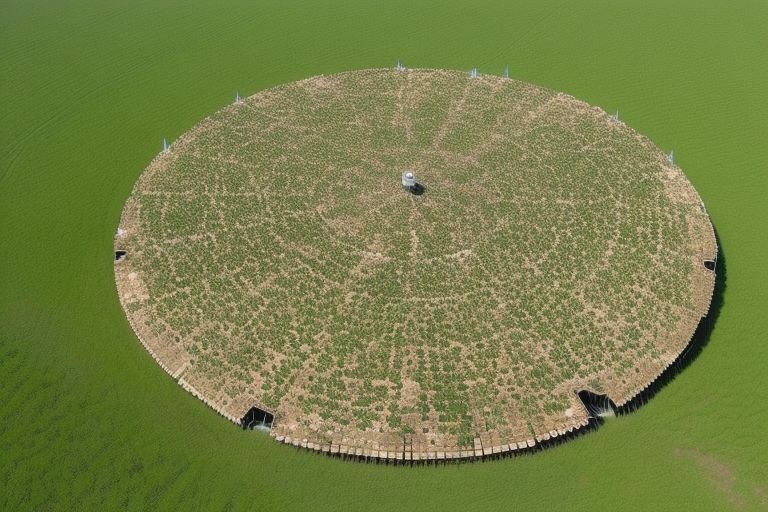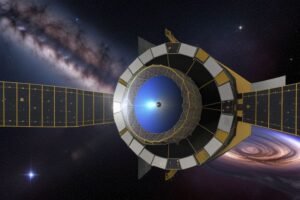In a landmark achievement for global space exploration, India’s Chandrayaan-3 mission has successfully landed near the Moon’s south pole, marking a significant milestone not only for the Indian Space Research Organisation (ISRO) but also for lunar science. This historic landing is the first to target this little-explored lunar region, promising to unlock a wealth of scientific data and potentially paving the way for future manned missions.
Chandrayaan-3, a follow-up to India’s earlier lunar missions, is designed to advance the country’s capabilities in lunar exploration. The mission includes a lander and a rover, equipped with state-of-the-art instruments to study the lunar surface, particularly focusing on the south pole region, which is believed to contain water ice and other volatile resources.
Global Collaboration and India’s Role
The success of Chandrayaan-3 enhances India’s standing in the international space community, demonstrating its capabilities in complex space missions. Furthermore, this mission has fostered international collaboration, with several countries and research organizations contributing technology and scientific instruments.
India’s Growing Influence in Space
This mission places India among the leading nations capable of executing precise soft landings on the Moon and conducting sophisticated surface operations. It underscores India’s commitment to contributing valuable scientific knowledge and technologies in the realm of outer space exploration.
India’s Chandrayaan-3 mission represents a groundbreaking achievement with its successful landing at the Moon’s south pole. This mission not only propels India to the forefront of lunar exploration but also contributes significantly to our understanding of the Moon. As ISRO continues to analyze the wealth of data from Chandrayaan-3, the global scientific community eagerly anticipates the discoveries that will deepen our knowledge of the Moon and enhance the planning of future missions.























+ There are no comments
Add yours